Visiting the magnificent redwood trees in California is truly spectacular and worth taking the time to soak it all in. Whether you have a couple days, or a week to spend in Redwood National Park, it is easy to use the trails listed in this guide to plan an epic itinerary. Keep reading to find out the 6 best hikes to do in Redwood National Park!
Disclaimer: This blog post may feature some affiliate links, which means I get a small commission if you make a purchase (at no extra cost to you). It’s one of the ways I can keep producing free guides and resources for my readers. Learn more about my affiliate policy here. Thank you for the support!
6 Absolute Best Hikes in Redwood National Park
Since 1968, the Redwood National Park systems have been protected, blocking timber companies from taking down trees. Today, Yurok and Tolowa Indigenous Peoples territories are within the Redwood National Park and near Redwood State Parks. Park management and Tribal Councils work together to protect archeological sites, maintain a healthy habitat, prescribed burns, and share agency resources.
Remember to abide by Leave No Trace Principles when visiting Redwood National Park. Keeping the trails free of trash, and abiding by all park rules will ensure that these ecosystems can be enjoyed for generations to come. There’s plenty of beautiful scenic drives, but I recommend getting off the beaten path and into the forest. Here are my recommendations for some of the best hiking trails in Redwood. Check out my full Guide to Visiting Redwood National Park to help plan your trip!
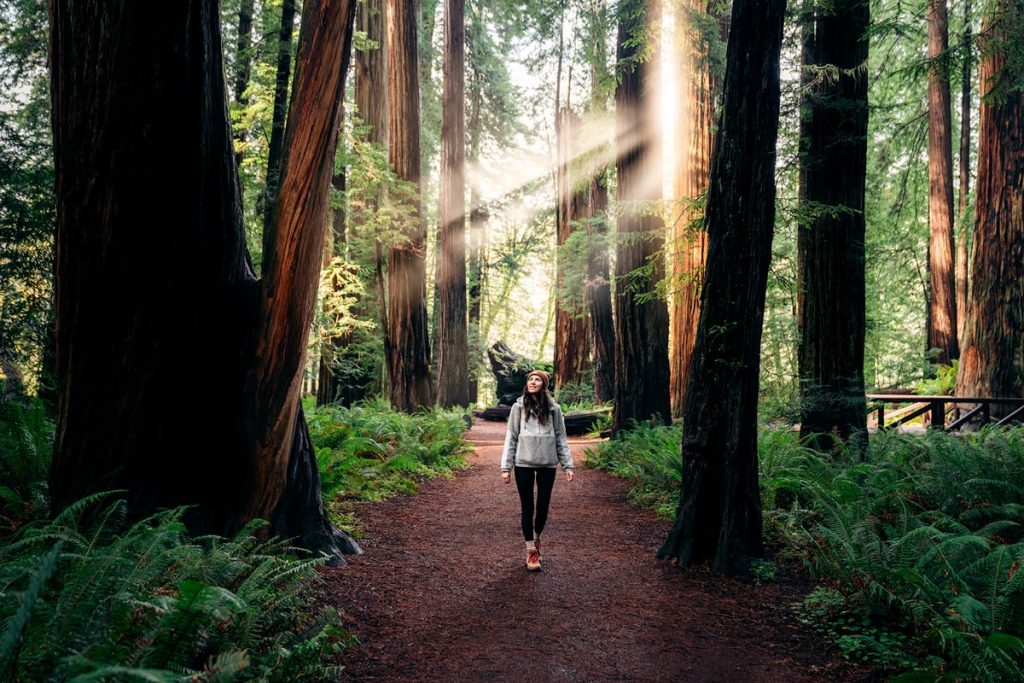
Stout Memorial Trail
If you’re looking for a quick pull off to see the Redwood forest as you’re passing through Crescent City, this is the trail for you. Clocking in under a mile, Stout Memorial Trail is an easy hike in Jedediah Smith Redwoods State Park. Pulling off into this section of redwood groves provides stunning views immediately from the roadside. Plus, the further south in California the busier it tends to get. While Stout Grove is beautiful in the summertime, I find it is much less crowded in winter months and shoulder seasons.
- Area: Jedediah Smith Redwoods State Park
- Roundtrip distance: 0.7 miles
- Elevation gain: 32 feet
- Difficulty rating: Easy. ADA accessible in parts.
- Caution: Dirt road access, check conditions before you go
- Trailhead location on Google Maps
Insiders Tip: If you have time, stop for lunch along the Smith River. Known for its pristine emerald waters, the Smith River is one of the most beautiful rivers of Northern California.

Prairie Creek and Foothill Loop (via ‘Big Tree Wayside’)
Prairie Creek Trail is one of the most popular trials in Redwoods State Park because it is home to the infamous and aptly named, “Big Tree”. Big Tree is 286 feet tall, 74.5 feet wide, and is around 150 feet old. You will find it about halfway through the loop of this hike. Another highlight of The Prairie Creek and Foothill Loop Trail is passing under a quintessential ‘redwood tree tunnel’… very cool!
This easy Redwood forest hike is best to visit in the summer months. If you’re visiting during the rainy season, be sure to check for trail conditions as rain can flood the trail causing it to be quite wet or require river crossings.
- Area: Prairie Creek Redwoods State Park
- Roundtrip distance: 2.6 miles
- Elevation gain: 95 feet
- Difficulty rating: Easy. ADA accessible in parts.
- Tip: Can combine with the Cathedral Tree Trail Loop
- Trailhead location on Google Maps
Insiders Tip: Seeking some of the tallest trees in the Redwoods? Check out Tall Trees Grove Loop Trail.
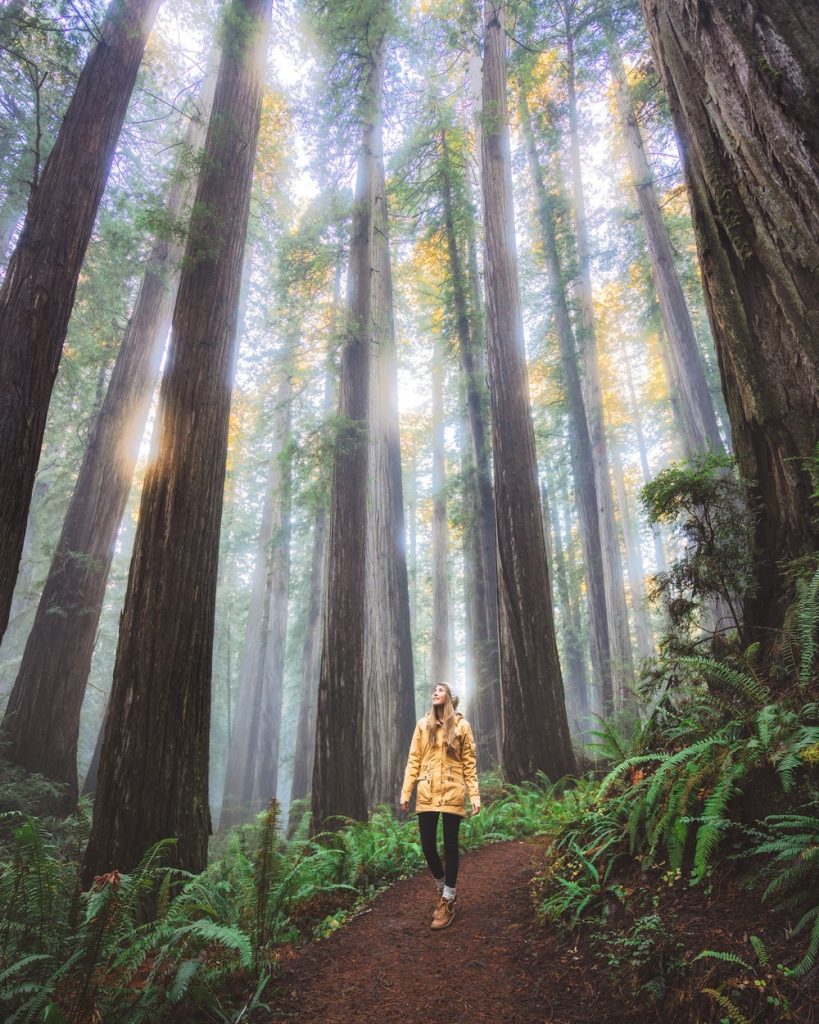
Boy Scout Tree Trail
The Boy Scout Tree Trail is my all-time favorite in the California Redwoods. Walking among old-growth redwoods is unlike anything I have ever experienced as a hiker. It’s just hard to believe that trees can grow that large.
Due to the popularity of the trail, Boy Scout Tree Trail is a high trafficked one, and for good reason. Visiting in the off-season will mean less people on the trail, however keep in mind that the roots of the trees on the trail can be slippery and muddy. Late spring and early summer are optimal times to visit this trail after a long rainy winter kisses the ferns, boasting a bright green color.
- Area: Jedediah Smith Redwoods State Park
- Roundtrip distance: 5.3 miles
- Elevation gain: 938 feet
- Difficulty rating: Moderate
- Caution: Dirt road access, check conditions before you go
- Trailhead location on Google Maps
Insiders Tip: Don’t miss Fern Falls, a waterfall at the end of the trail!

Simpson-Reed Trail
At just under a mile, Simpson-Reed Trail is an easy hike in the Redwood State Park. If you’re passing through the area, it’s the perfect trail to stop and stretch the body. Most people can complete it in about 20 minutes and it’s considered family-friendly.
During the winter months this trail will be quite muddy and rainy, but less crowded. Summer months the trail will be quite busy but weather conditions are optimal. Don’t forget your hiking boots for proper traction!
- Area: Jedediah Smith Redwoods State Park
- Roundtrip distance: 0.9 miles
- Elevation gain: 52 feet
- Difficulty rating: Easy. ADA accessible.
- Tip: For a longer walk, you can add on the Peterson Loop Trail
- Trailhead location on Google Maps

Fern Canyon Loop Trail
Fern Canyon Loop Trail is by far one of the most unique hiking trails in Redwood National Park. The adventure starts on the drive to the parking lot. With its close proximity to the beach, the steep and windy road to the trailhead should be taken with caution. However, the elevation gains of this trail are minimal. If visiting during winter months there are sometimes creek crossings to get to the parking lot that can only be handled with an SUV. Fern Creek area is extremely popular so it takes patience to wait for cars on the narrow road down.
Once the hike is started, you’re almost instantly teleported into a wall of ferns about 50 feet tall on both sides. This easy hiking trail in the Redwoods truly feels like real life Jurassic Park. Waterproof hiking shoes or boots are a must on this trail due to the wet weather patterns of the area. The trail is open year round and is beautiful 365 days a year. Keep in mind that Fern Canyon has an entrance fee of between May 1 and September 30th.
- Area: Prairie Creek Redwoods State Park
- Roundtrip distance: 1.1 miles
- Elevation gain: 118 feet
- Difficulty rating: Easy
- Tip: Can access via the 10-mile James Irvine Trail
- Trailhead location on Google Maps
Insider Tip: After the hike take a short walk from the parking lot to Gold Bluffs beach for a picnic and say hello to the Pacific Ocean. If you’re lucky you’ll see Roosevelt elk hanging out right on the beach!

Tall Trees Grove Loop Trail
Tall Trees Grove Loop Trail is a moderate (mostly) out and back trail, with a short loop at the end. Hikers, be sure to take the short jaunt in the loop to check out Redwood Creek. It is truly special to take a seat on one of the many benches on this trail to sit and marvel at the giant redwood trees. Keep in mind that the best time to visit Tall Trees Grove hiking trail in Redwoods National Park is from April to October.
- Area: Redwood National Park
- Roundtrip distance: 3.3 miles
- Elevation gain: 748 feet
- Difficulty rating: Moderate
- Permit required: Apply online here
- Trailhead location on Google Maps
- Nearby alternative trail: The Lady Bird Johnson Grove Trail (1.4 miles)
Fun fact: Tall Trees Grove is home to the world’s tallest tree. Standing at 379 feet tall, ‘Hyperion‘ is a true natural wonder.
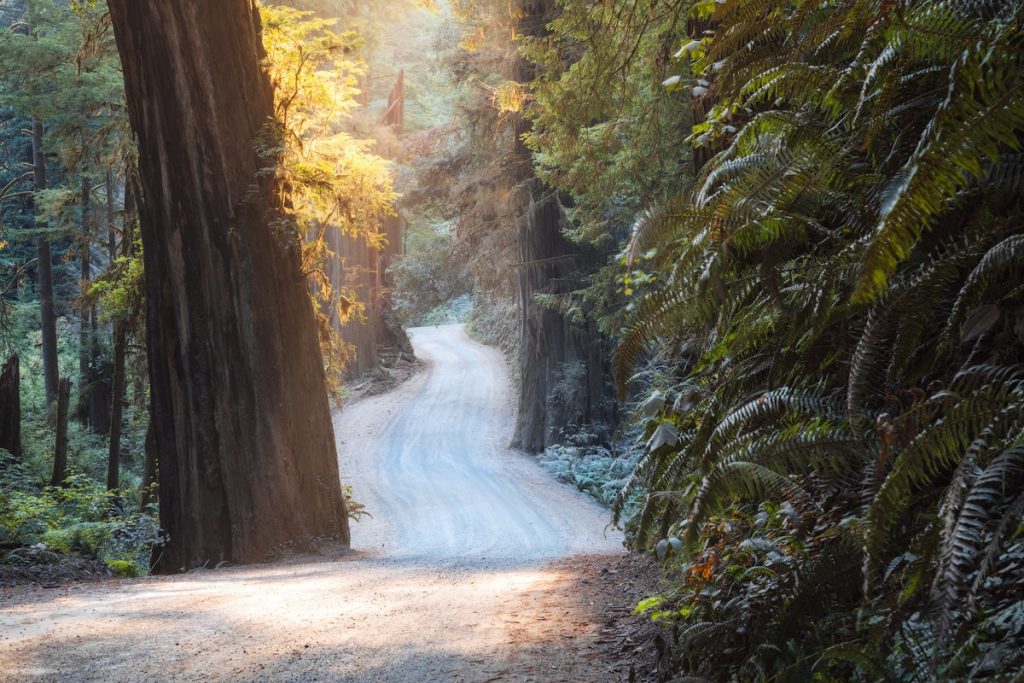
How to get to Redwood National and State Parks
Truly the best way to visit Redwood National and Humboldt Redwoods State Park is by car or RV. First, pick the portion of the Redwoods that you’re wanting to see. This can determine if flying into San Francisco is best, or if flying into a smaller airport in California or Oregon is closer. Specifically for Jedediah Smith State Park, Eureka airport is the closest one to fly into. If time is endless, San Francisco is 7 hours south of the northern coastline of the Redwoods, and there are additional areas along the way worth visiting. Eugene, Oregon airport is just 4 hours north of Jedediah Smith State Park.
Insider Tip: If you’re driving south be sure to stop at the mouth of the Klamath River. Sometimes you’re able to see bears eating! Regardless, the foggy, beautiful scene is worth pulling over to witness.

What To Pack for Hiking in Redwood National Park
Even for a short day hike, it’s always important to be well prepared. Making sure you have extra layers, plenty of snacks and water, and comfy clothes for the end of the day will ensure you have the best time while you explore the best hikes in Redwood National Park. You can also consult my full guide on the Day Hiking Essential’s List.
Backpack:
My favorite day hiking backpack is the Osprey Tempest. This pack comes in quite a few size options, though I think the 24L size is the best option for a day hike. The Mountainsmith Clear Creek 20L Backpack is a good budget-friendly option for packing your day hiking gear. I also like Black Diamond’s Trail Blitz 12L Backpack as a minimalist and ultralight pack option for short hikes. It’s nice to have a way to keep your pack dry in case of rain, so I almost always pack my Osprey Backpack Rain Cover. Another option is to carry a large trash bag that can cover your pack, or line your pack with the trash bag so everything inside is protected. I often also use the Hyperlite Versa Hip Pack or Cotopaxi 2L Hip Pack for easy access to essentials (aka snacks and chapstick!)
Hiking Shoes
Hiking shoes are very person-specific. Some people love wearing trail runners and others prefer boots. Some people prefer heavier waterproof boots and others prefer lighter options. When hiking somewhere that tends to be wet (like the Pacific Northwest) I usually opt for a waterproof boot with ankle support, but something that isn’t too heavy, like the Danner Mountain 600 Hiking Boots. For a more budget-friendly pair of hiking boots I recommend the Columbia Newton Ridge Waterproof Boots. On short hikes, or trails with lots of water crossings, I will sometimes hike in sandals. I love the Teva Hurricane XLT2 Sandals for these trails. They’re also great for after hiking. Sometimes it takes a few tries to find which hiking footwear option works best for you, but don’t give up! There are plenty of comfortable hiking shoes out there and I promise they make all the difference.
Hiking Socks
Don’t overlook the importance of having socks that fit correctly and are comfortable to wear for a long time. Over the years I have found that merino wool socks from Darn Tough’s Merino Hike Sock are the most durable, least smelly, and most comfortable for hiking. With trail runners, I will sometimes opt for lower socks, like these Smartwool socks. If it’s extra cold or snowy out, I’ll wear w armer pair of Smartwool Full Cushion socks on winter hikes. Injinji Liner Socks are a great way to help keep your feet dry and prevent pesky blisters!
Hiking Tops
Depending on weather and personal preference, you can either go with short sleeve, long sleeve, or a tank option. For cooler hikes or those where I am worried about sunburn I will usually opt for longer sleeves and wear something like the Smartwool Merino Long Sleeve Shirt or the lighter Patagonia Capilene Cool long sleeve. Lightweight sun shirts, like the Backcountry Tahoe 2 Sun Hoodie, are really popular for hikes with no shade (like hikes above treeline.) Otherwise you will usually find me in one of the Smartwool Merino Short Sleeve or Patagonia Capilene Cool tees.
Natural fibers like merino wool are my go-to for hiking tops due to the odor-reducing propoerties and overall comfort. I avoid cotton in favor of more moisture-wicking materials (like merino) to stay dry and comfortable, no matter how sweaty I get. Sometimes I do opt for a tank top or a crop top. I like this crop top from Stoic, and the Beyond Yoga Cropped Tank is quite comfy too. Be mindful that your backpack straps might rub your skin when wearing a tank top.
Hiking Bottoms
Hiking pants, or shorts, are also very much personal preference. I almost always hike in pants or leggings to prevent sunburn, scratches, and bug bites. Recently I have been wearing the Stoic Zip-Off Pant – I love that they can turn into shorts in a pinch. The Sweaty Betty Power Sculpt Legging are my favorite leggings for hiking. If I do hike in shorts, I love the Columbia Firwood Short and Outdoor Research’s Ferrosi Short. Some people even like to hike in a skort or workout dress!
Underwear
Comfort is key for your underwear. I highly recommend choosing a material that’s quick-drying and breathable. Merino is a great choice for underwear and sports bras, but everyone’s preferences are different. I love that I can wear a merino sports bra for multiple days without feeling gross and smelly. I personally recommend the Icebreaker Siren Thong and Smartwool Seamless Bikini for underwear. The Icebreaker Sprite Racerback is my go-to sports bra, and Patagonia’s Wild Trails Sports Bra is a great option if you prefer more support.
Warm Layers
My favorite medium-weight layer is the Patagonia R1 Fleece or Patagonia Better Sweater. I’ve worn both of these hiking for years and they’re so cozy and warm! Vests are great options for hiking because they keep your core warm without overheating your extremities, and they’re lightweight to pack. I wear the Patagonia Nano Puff Vest during every season. I almost always carry a puffy with me (yes, even in the summer) both because I get cold easily, and it’s easy to get chilly at higher elevations. The Patagonia Nano Puff Hooded Jacket (non-hooded version here) is a great 3 season puffy, and the Patagonia Hooded Down Jacket (non-hooded version here) is my favorite thicker puffy, great for winter hiking. Stoic’s Insulated Jacket is a great budget-friendly option for a puffy.
Extra Layers
I always pack an extra layer for wind and/or rain protection on day hikes. For a windbreaker (and bug protection) I really like the Patagonia Houdini Jacket (packs down super small!) and the Cotopaxi Teca Windbreaker which comes in fun colors. A good rain jacket is essential, especially here in the PNW. I’ve used both the Marmot PreCip Eco Jacket and Patagonia Torrentshell Rain Jacket, and the Outdoor Research Helium Rain Jacket looks like a great lightweight option.
I probably wear rain pants more frequently when backpacking, but I do sometimes wear the Marmot PreCip Eco Pant on day hikes to keep my legs dry. I often pack gloves with me on day hikes, especially if I plan on hiking for sunrise or sunset when it can get cold quickly. The Outdoor Research Backstop Sensor Glove is perfect for most of the year. For cold winter day hikes I’ll opt for the warmer Hestra Heli Mitten.
Hat
I recommend you wear some kind of hat on the trail to protect you from the sun, especially during the warmer months of July and August. Some popular options are caps such as the Patagonia P-6 Label Trad Cap or wider hats such as the Outdoor Research Wadi Rum Brim Hat or Patagonia Baggies Brimmer Hat. For cooler mornings or evenings, the Patagonia Everyday Beanie is a classic.
Sun Protection
Keeping the sun off your skin helps you stay cool on hot, sunny day hikes. A lightweight neck gaiter is another great option to keep the sun off your neck. You can use the Outdoor Research Echo Ubertube Neck Gaiter as a headband to keep your hair out of your face, and even dunk it in water to cool you down on the extra hot days. Bandanas are a good option for sun protection too. Having sunglasses makes hiking a LOT more enjoyable on a sunny day (or even when it’s overcast with a lot of glare.) Polarized sunglasses will cute the reflections and glare on alpine lake (or snow on winter hikes!) My favorite sunglasses for day hikes are the Smith Cheetah Polarized Sunglasses, and the Goodr Circle Sunglasses are a good budget polarized option.
Trekking Poles
Not everyone enjoys using trekking poles but I personally find them helpful for hikes with considerable elevation gain, or if the terrain is unsteady. My go-to poles are the Black Diamond Alpine Carbon Trekking Poles as they are lightweight and comfortable to use. Some more affordable options are the Black Diamond Trail Trekking Poles and the Kelty Upslope 2.0 Trekking Pole.
Water & Snacks
A water bottle or hydration bladder is an absolute must when hiking! Dehydration can be a killer, so it’s not something to skimp on. I normally stick with my trusted Hydroflask bottles, which keep your water nice and cold, or the Hydrapak Recon 1L Bottle which is a little lighter weight. On especially hot days or longer hikes, I’ll add Nuun tablets, Liquid IV, or Ultima for electrolytes. You can also pack a hydration bladder into your pack which can be easier to drink from while hiking. Start with a couple liters of water, and I also carry a water filter so I can fill up at streams.
I love to snack on nut butter filled Clif Bars, Pro Bar Bolt Chews, GoMacro bars, Honey Stinger Waffles, and nut butters. Often I’ll prepare homemade trail mix or other snacks to pack in reusable Stasher Bags for day hikes.
Navigation
You should always have topographic map for the area you will be hiking (keep it inside a waterproof sleeve). You should also be familiar with map reading in order to use your map! It’s also a great idea to bring along a compass and have some basic skills to use it. In addition, it’s a good idea to save some offline maps to your phone. For instance, I use Gaia GPS to save offline maps for hiking and backcountry trips.
Emergency beacon
These are definitely optional, but are great to give you and your loved ones some peace of mind especially when you’re in the backcountry. I’ve used both the Garmin inReach Mini and the SPOT Gen4 Satellite GPS Messenger. The Garmin has more functions like two-way messaging, but both devices are great options to have in case of emergency.
Headlamp
It’s a good idea to have a light source with you (outside of your phone flashlight 😉) in case of emergencies. I have used the Petzl Actik Core Headlamp for years and I love it. The Petzl Tikkina Headlamp is a more budget-friendly option that is also great!
Bathroom essentials
Don’t forget to pack sunscreen, lip sunscreen, and some cleaning wipes. If you’ve ever experience thigh chafing (it’s the WORST!), I recommend Mega Babe Thigh Rescue Cream. I keep all these organized in a small pouch, like this one from Topo Designs. For backcountry bathroom needs I pack a trowel, toilet paper, wipes, Kula Cloth, and a zip lock bag to pack out dirty toilet paper. Even on a day hike you’ll want to be prepared for bathroom breaks, and it’s important to dispose of human waste properly to keep our trails clean and safe for all visitors.
First aid & Emergency
No matter how far I’m hiking, I always carry a small first aid kit with essential items like blister plasters and emergency supplies like a survival blanket. Here is my recommended lightweight first aid kit. If you’re lucky, you may never have to use this, but it’s best to be prepared. I typically carry a knife or multitool with me while hiking. It’s also wise to pack some bug protection, like bug spray. If I’m hiking somewhere that I know the mosquitos will be bad, I will pack my bug headnet too. You can also spray your clothes and gear with Permethrin which should help keep bugs away.
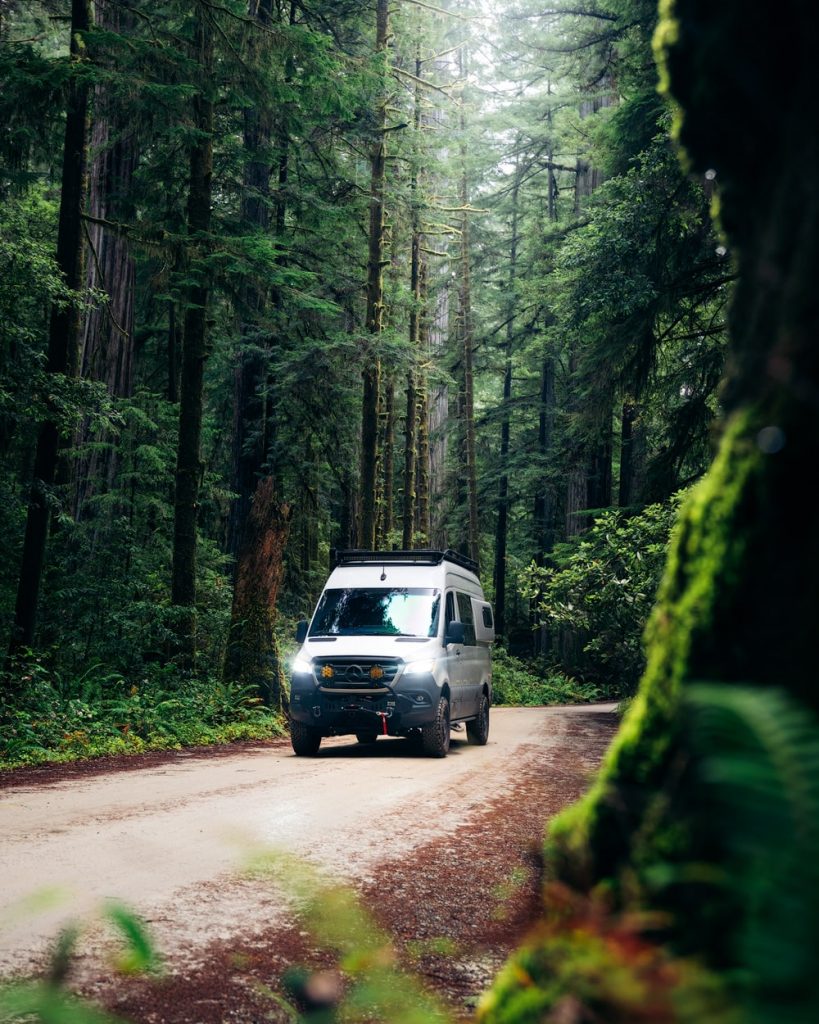
Where To Stay Near Redwood National Park
There are no lodging options in Redwoods National & State Parks apart from 8 campgrounds. I recommend staying nearby in the closest population hubs, Crescent City or Eureka/Arcata.
Redwood Hotel Lodging
You can find quite a lot of traditional accommodation and dining options in the surrounding area. The Oceanview Inn is a standard 2.5 star hotel located just outside of Crescent City. Further north in Brookings, OR is the Beachfront Inn, another 2.5 star waterfront hotel.
Vacation Rentals Near the Redwoods
Here are a few I recommend:
- Twin Trees Retreat: Cozy cabins located in the forest right near Jedediah Smith State Park. These cabins have all the amenities you need and can host larger parties.
- Jed Smith Cabin: Spacious riverside cabin with tennis courts and a jacuzzi bathtub.
- The “Garage” House: Adorable coastal home with panoramic ocean views right from the bedroom!
Best Camping In Redwood National Park
There are 8 developed campgrounds in the national park area for those who enjoy tent camping or sleeping in their car. Four are located at the campground in Jedediah Smith State Park and four at the campground in Prairie Creek Redwoods State Park. It would be a really fun adventure to rent an RV or camper van for your trip to Redwood National Park. There are certainly options for backcountry campsites, too! Permits required.
Leave No Trace in the California Redwoods
When visiting the California Redwoods in America, it is essential to remember the seven Leave No Trace Principles. Leave each trail better than you found it! A unique part of Redwood National and State Parks is that most trails don’t allow dogs, with the aim to protect the deep history of the trees. Please abide by closures, rules, and changing regulations of the area to ensure generations to come get to enjoy this spectacular part of California.
Final Thoughts on Hiking in Redwood National Park
It’s safe to say that hiking in Redwood National Park should be on your bucket list after reading through this blog post. From elk sightings, to emerald colored rivers, and some of the biggest trees in California, Redwood National and State Parks are one of a kind. Whether you’re passing through or dedicate a couple days, bearing witness to these pristine forests is worth every step it takes to get there. Use my full guide to Redwood National Park to help plan your next trip and find out even more amazing things to do in Redwood National Park. If it wasn’t yet on your bucket list, I’m sure it is now!
PIN for Later!



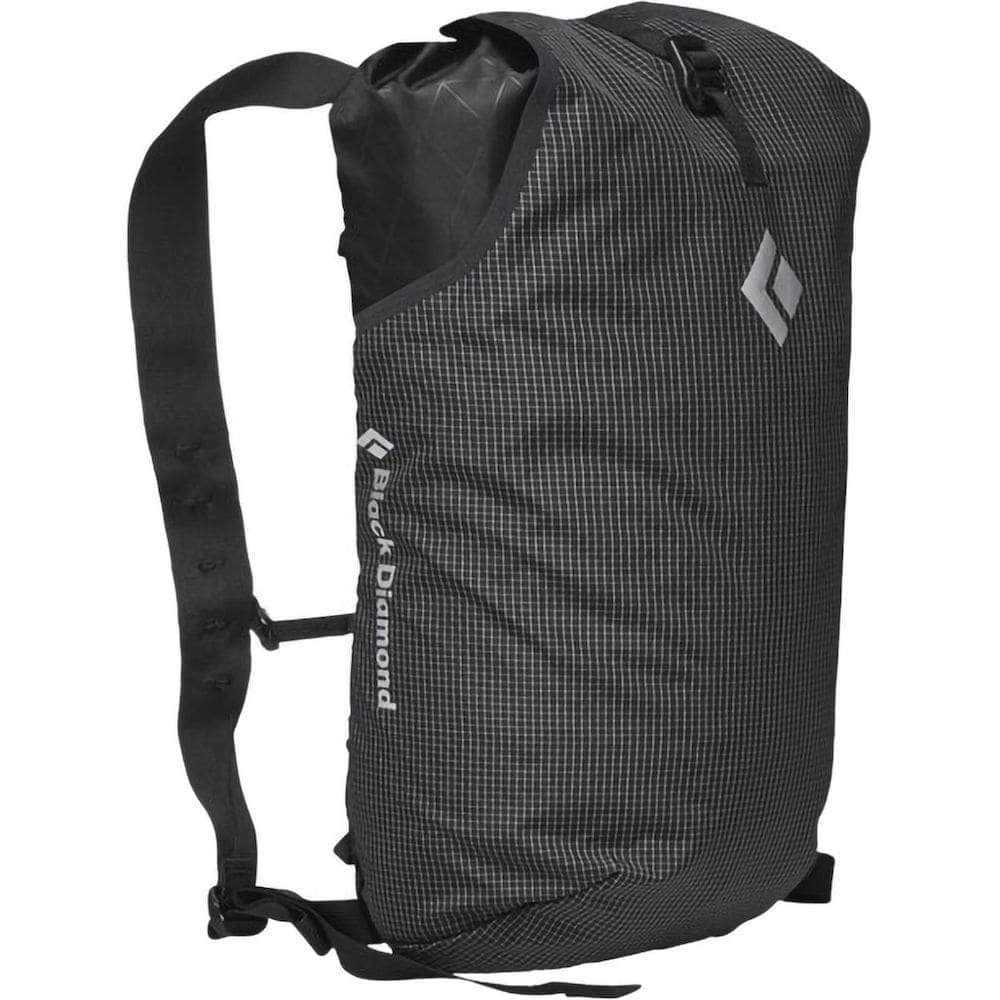


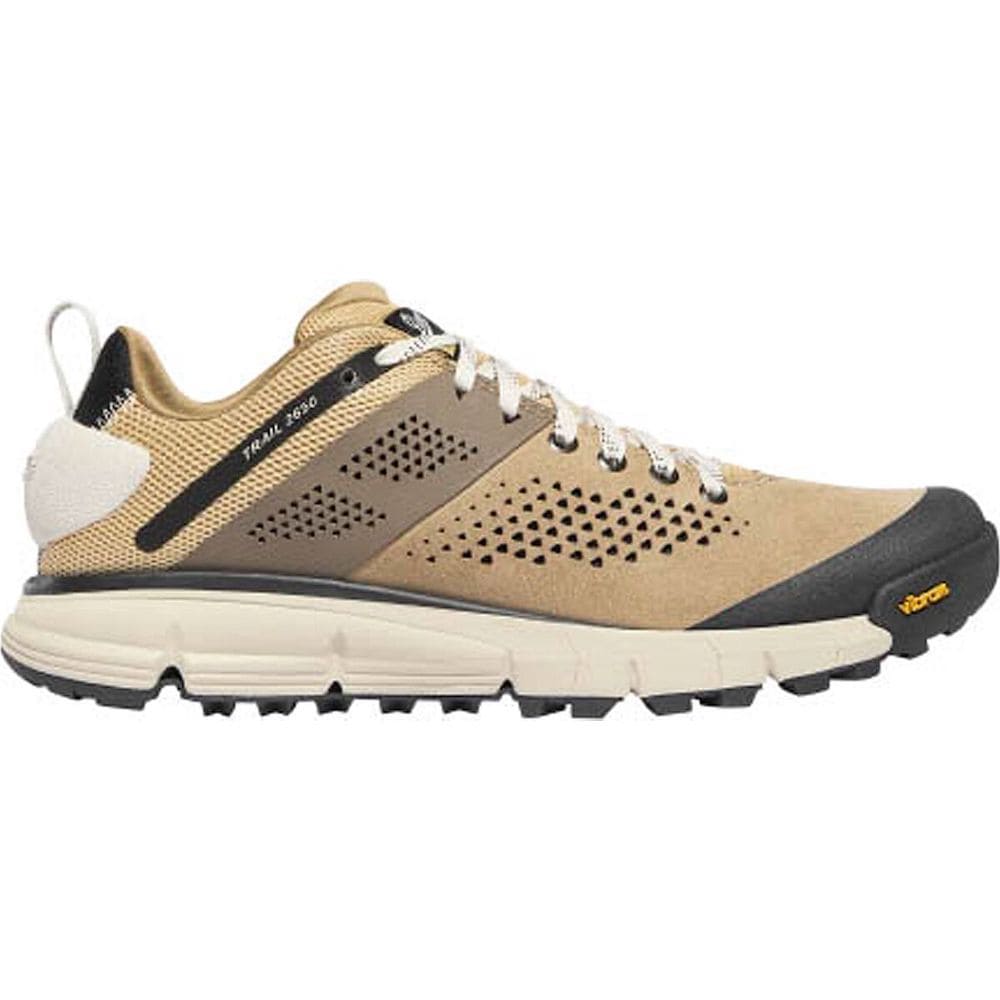



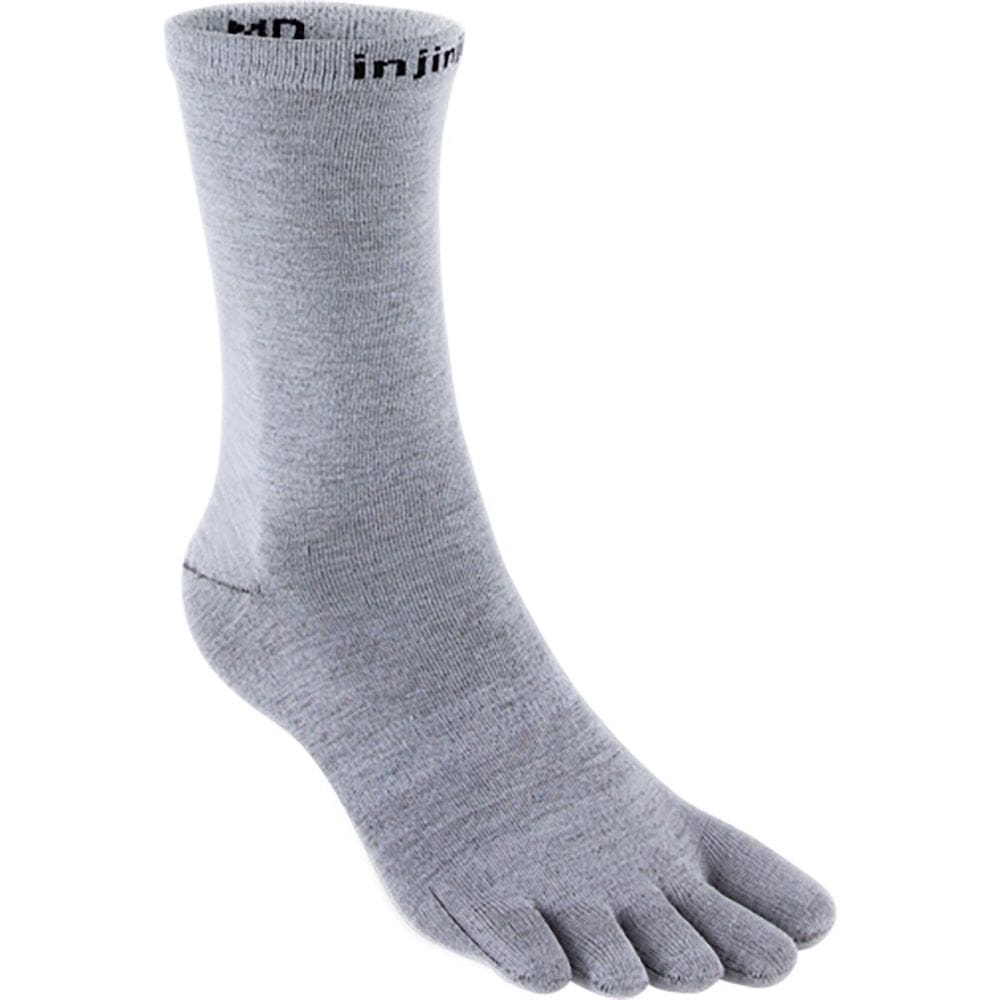



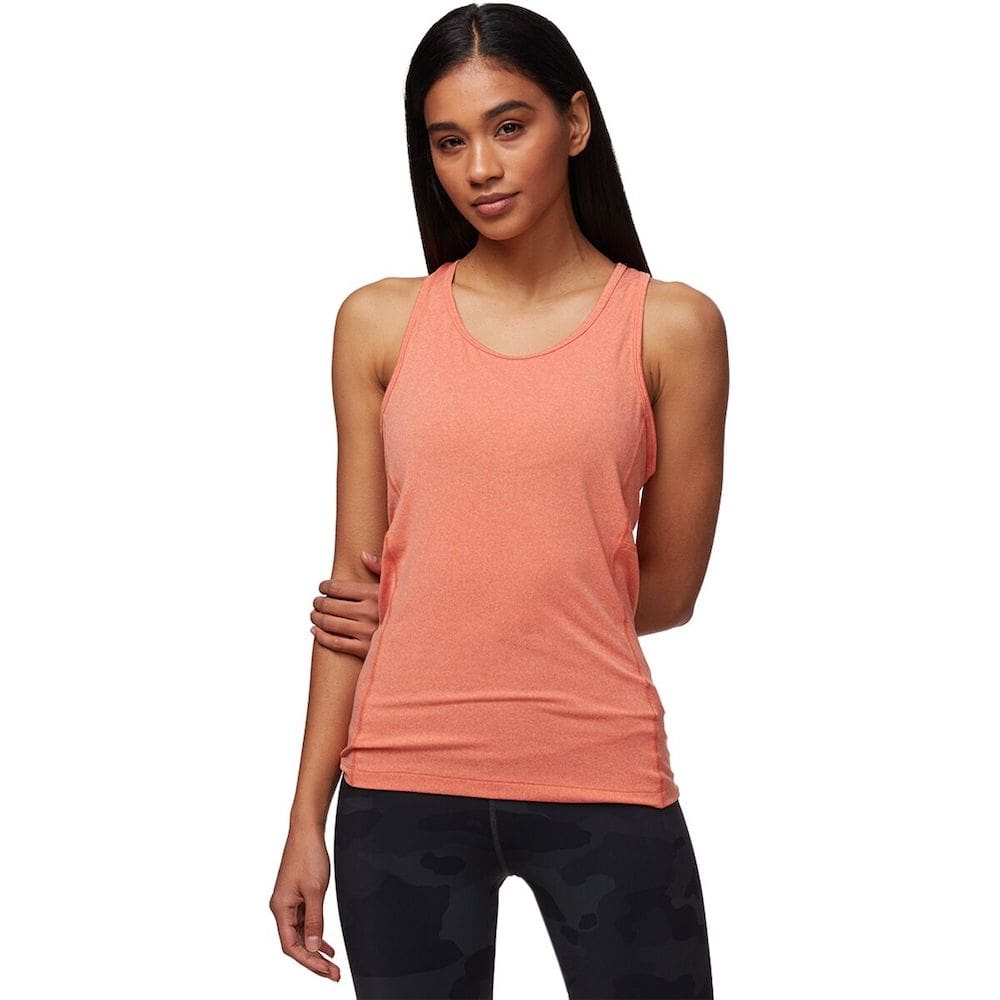
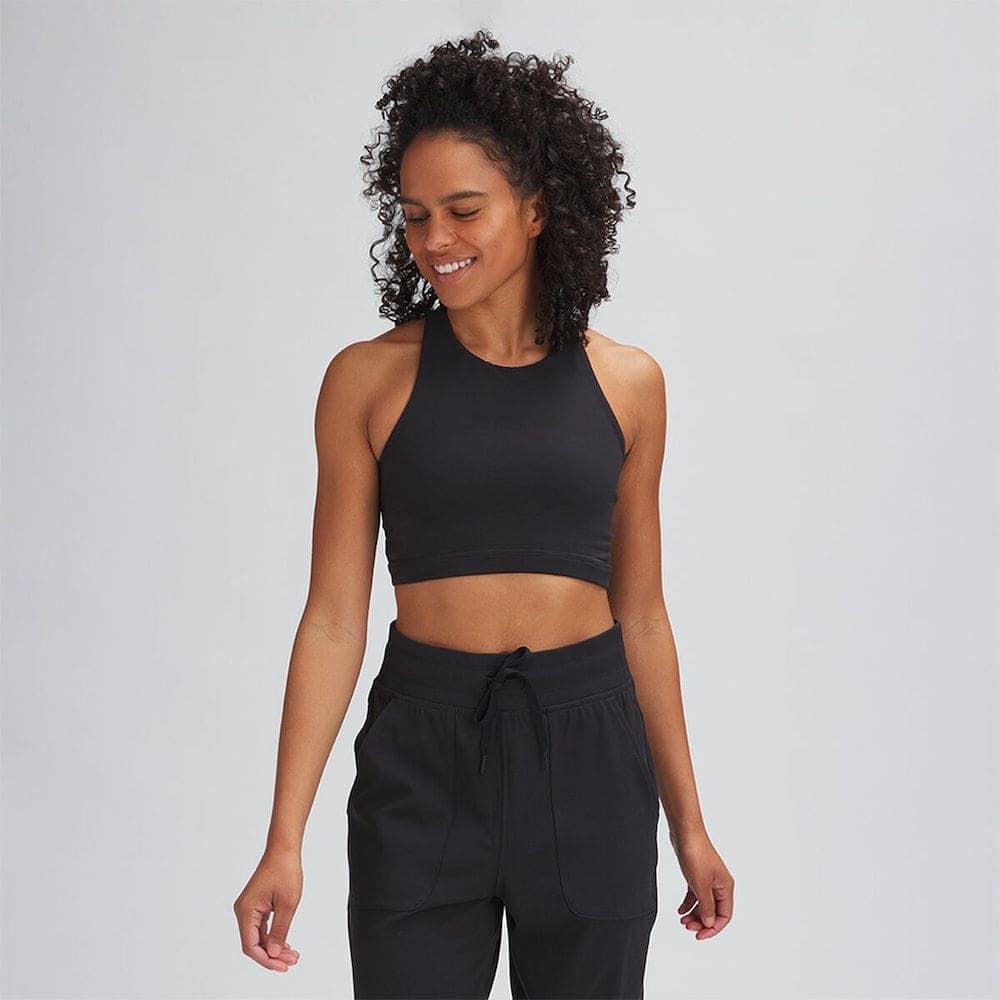

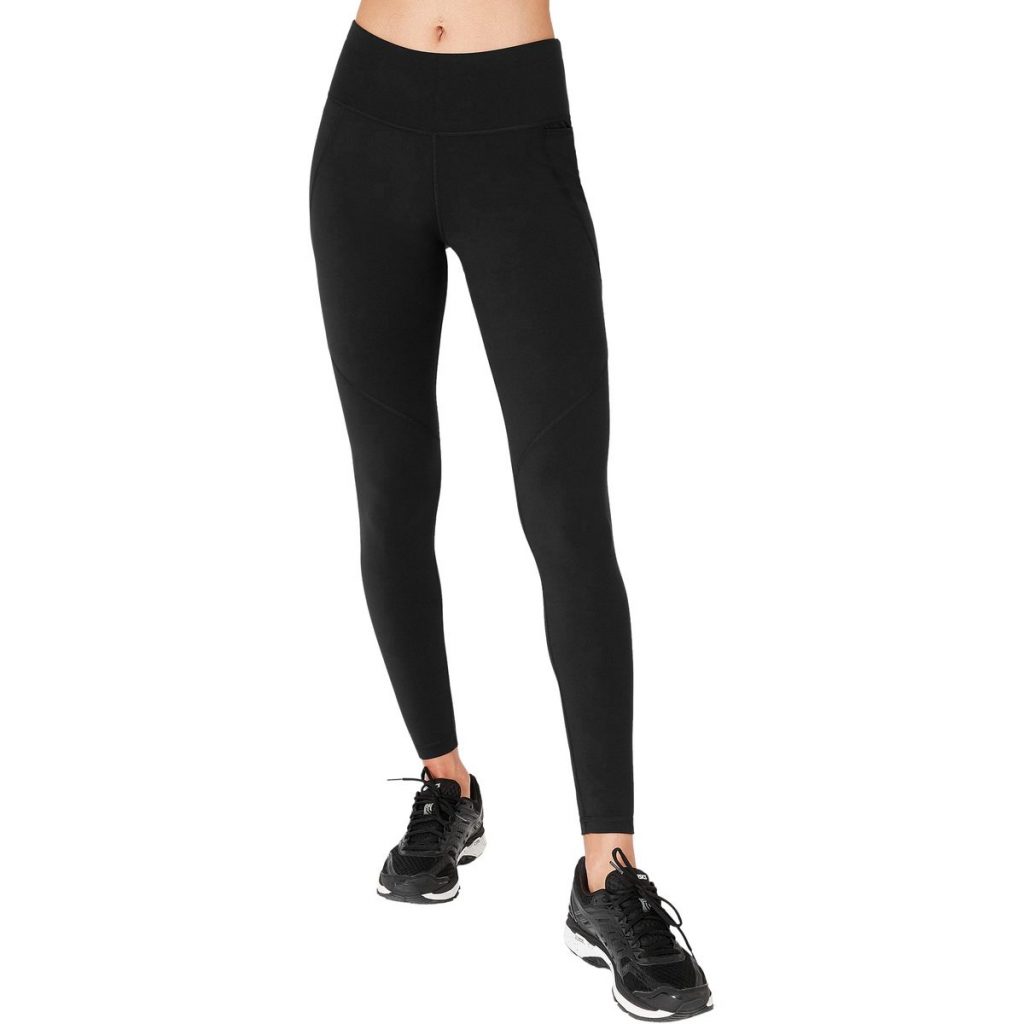


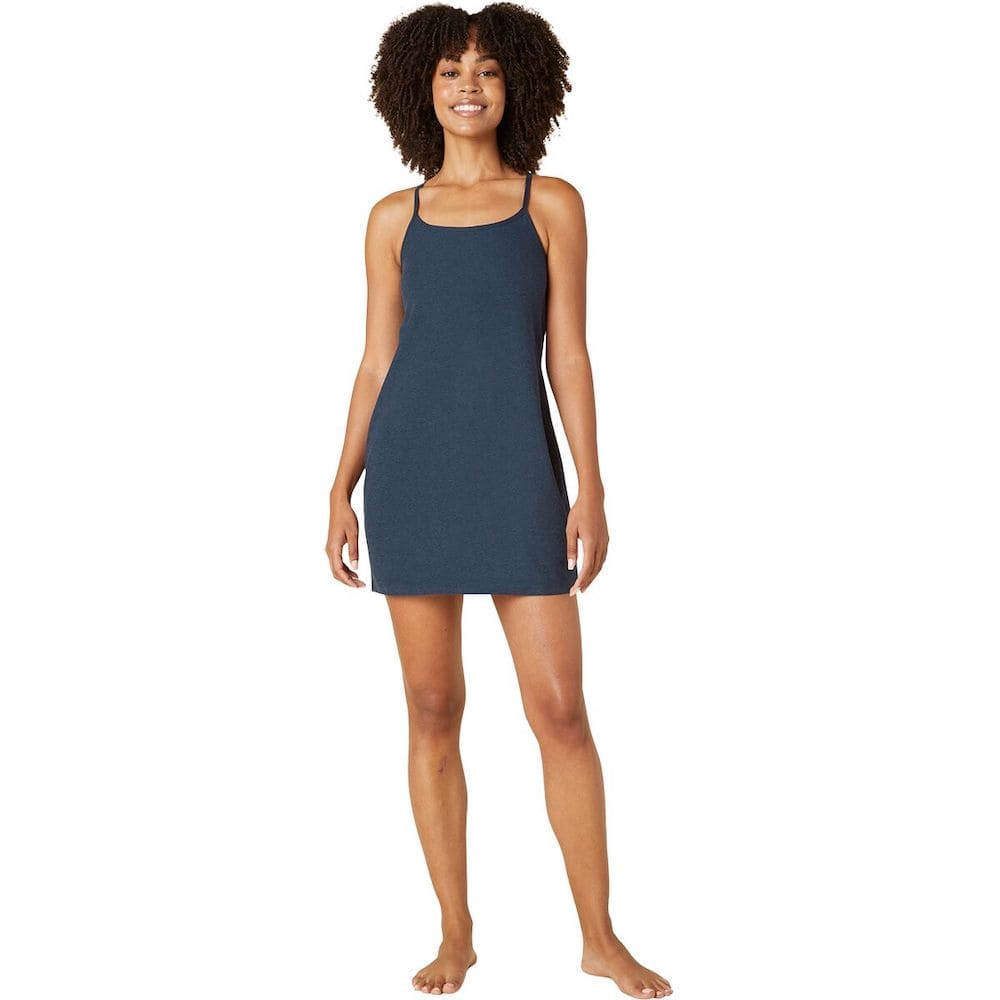


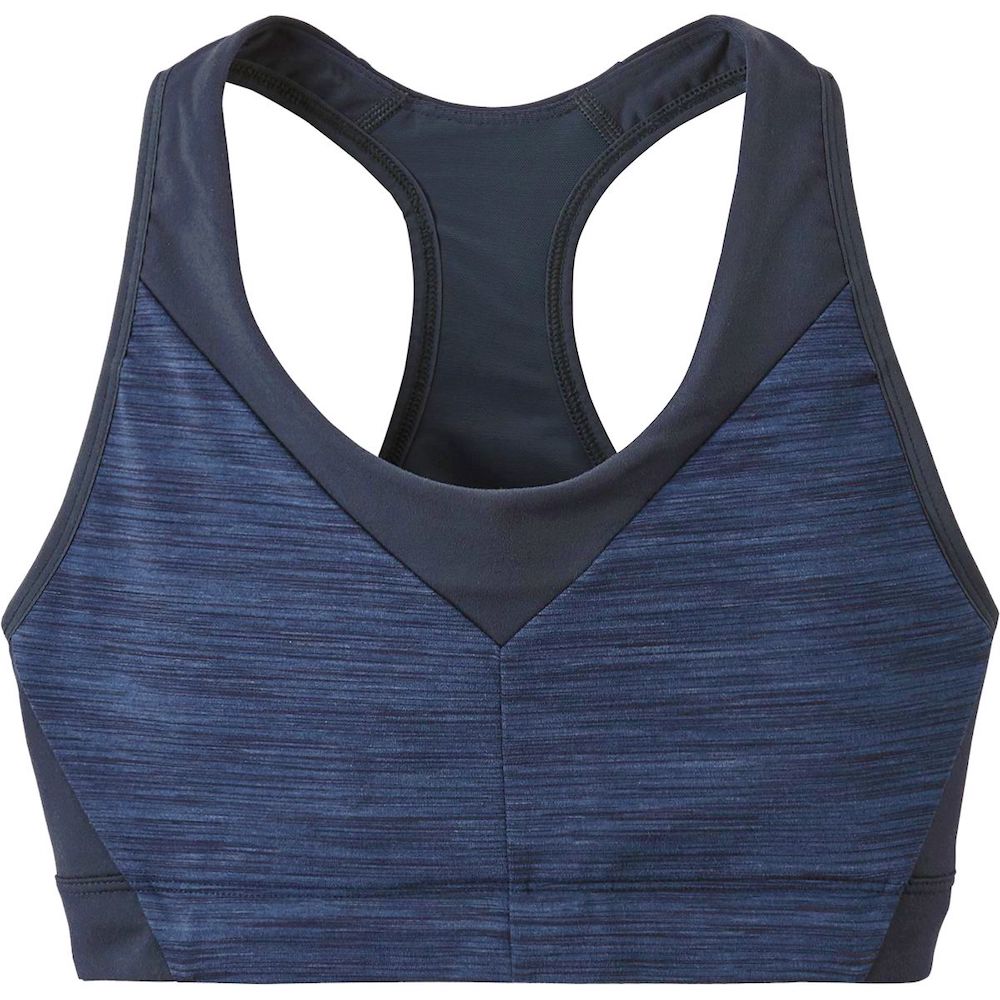
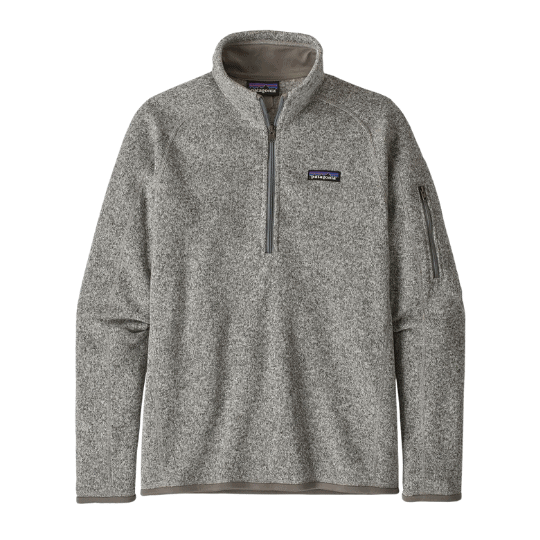
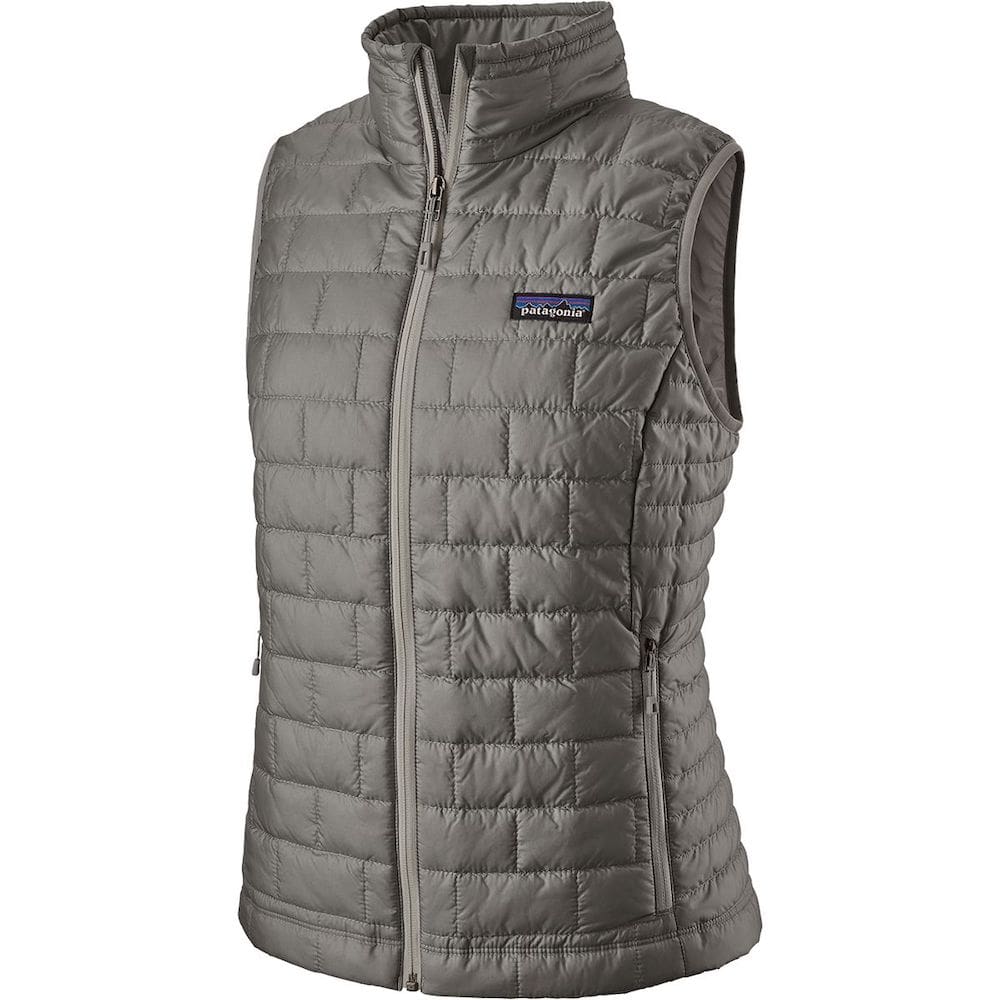




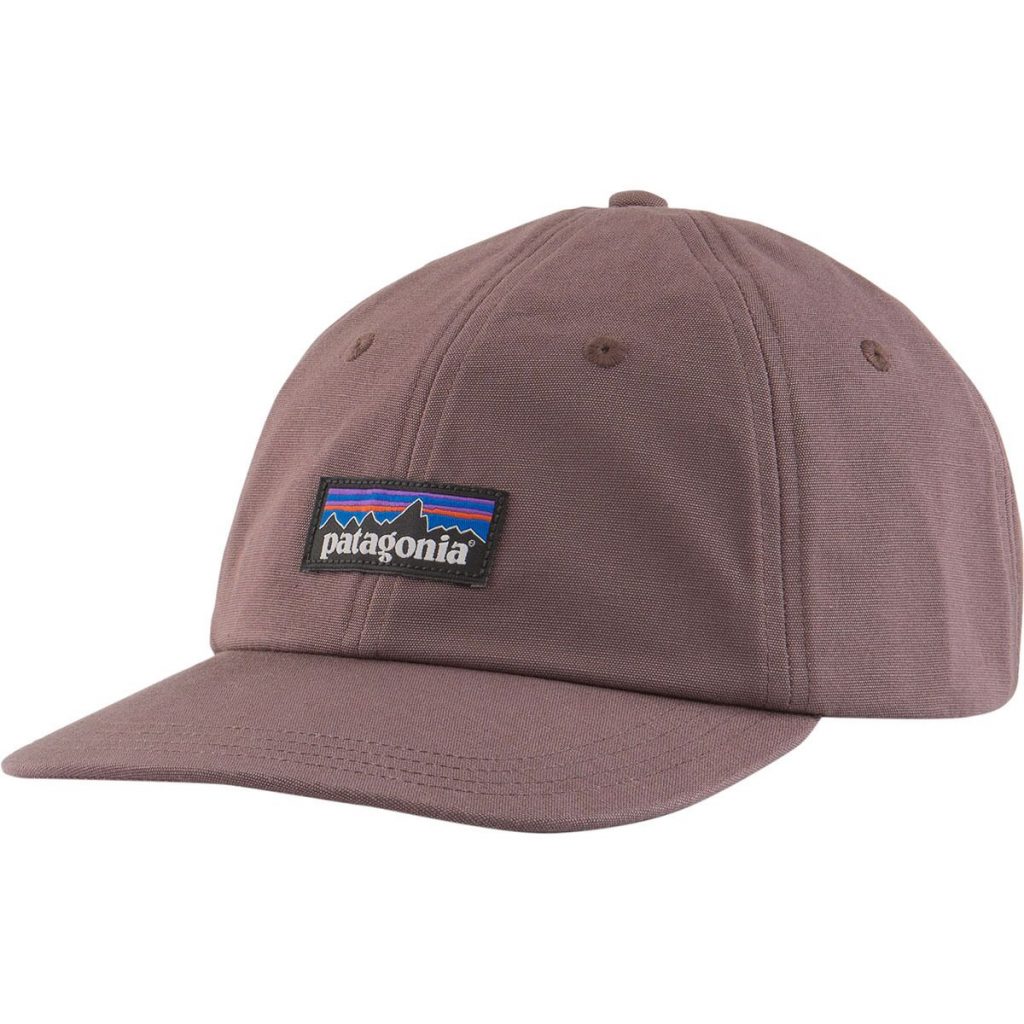





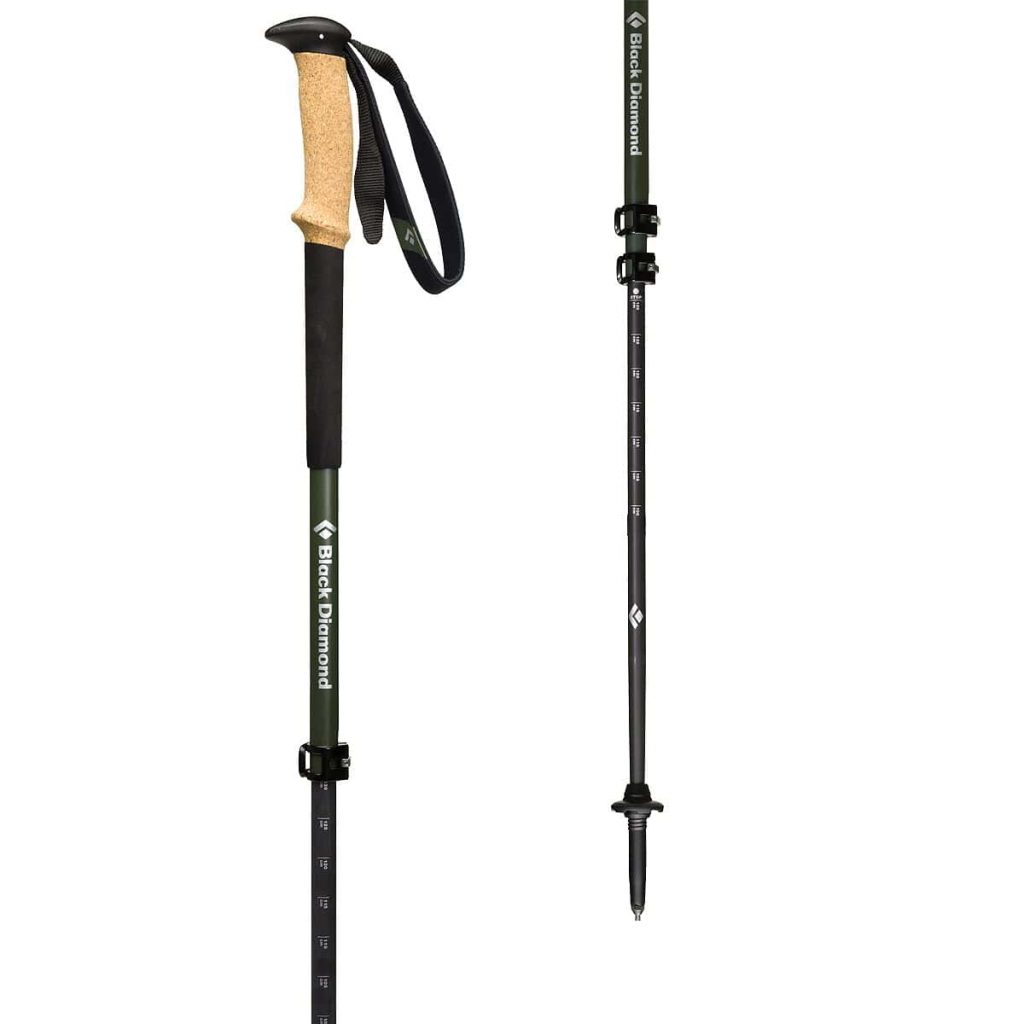









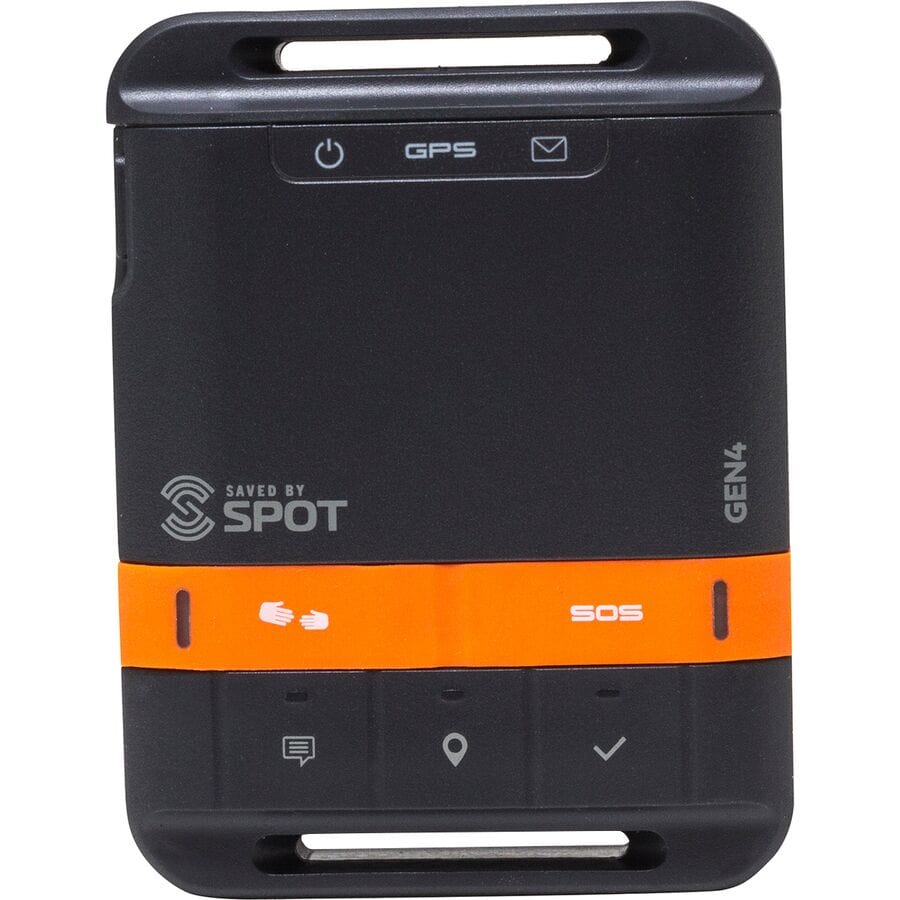
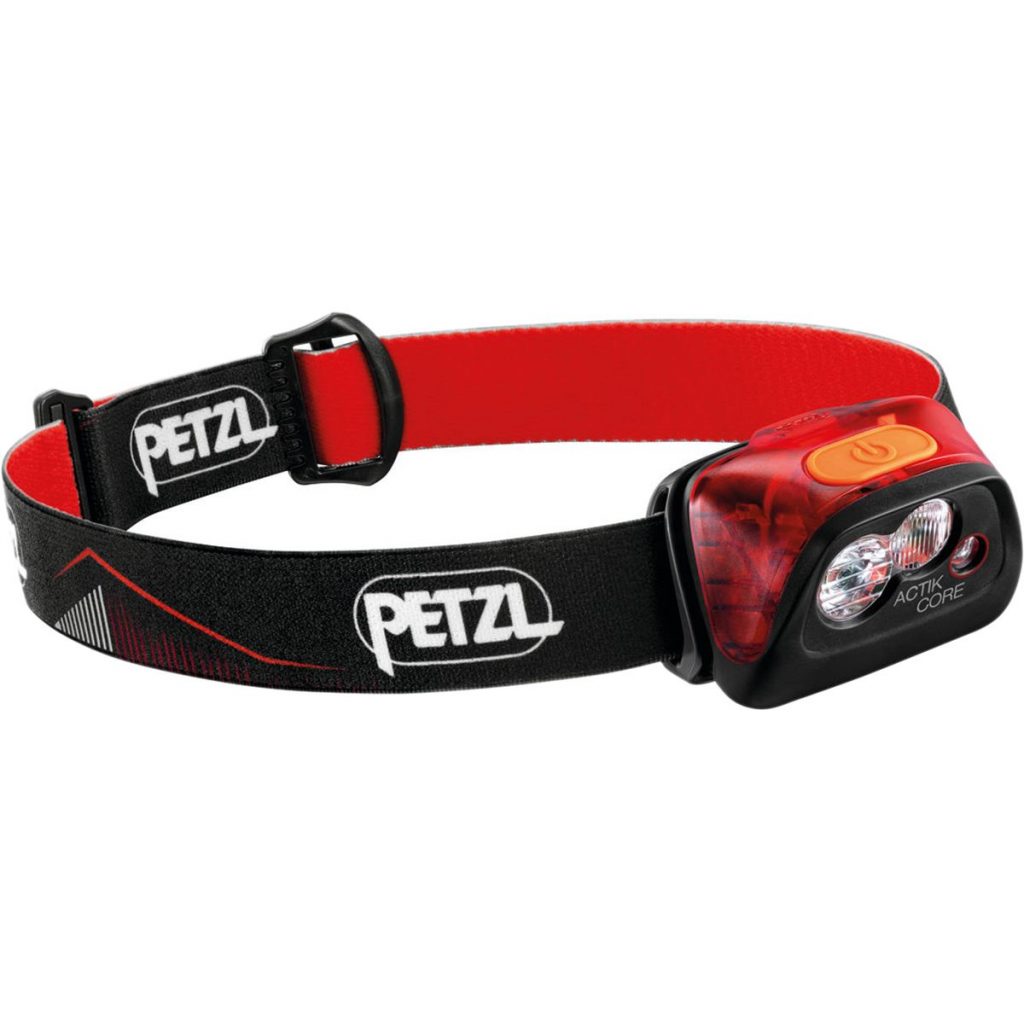




You provide an honest and engaging account, which I appreciate. My blog provided me with a wealth of knowledge regarding
Do you have any recommendations for the best time of year to hike these trails for the most stunning views?
You tell it like it is, which I find honest and interesting. My blog taught me a lot about
It’s unfortunate to see a DataStreamBrokenError when trying to access valuable resources like the best hikes in Redwood National Park. I had a similar experience with encoding issues while researching trails in the area. Ensuring the website supports all encoding formats could enhance accessibility for users seeking outdoor adventures.
It’s unfortunate that the article on the best hikes in Redwood National Park is currently inaccessible. I was really looking forward to exploring the recommended trails, as the towering redwoods are such a breathtaking sight. If anyone has recent experiences or insights about hiking in that area, I’d love to hear your favorites!
Good and quality article, thank you for sharing.
Such a great guide! The Redwoods have been on my bucket list for a while, and this post makes planning so much easier. Love the focus on respecting nature and highlighting trails that go beyond the typical tourist spots. Inspiring and super helpful—thanks for sharing!
I hope you will continue creating more quality content like this. Thank you for sharing!
Fashion that fits your lifestyle – shop today!
Entertainment has never been easier – download Wink APK now!
Fantastic post! Redwood National Park has always been on my bucket list, and your guide makes me even more excited to plan a trip. I love how you highlight trails like the Tall Trees Grove and the Fern Canyon Loop—they sound absolutely magical.
Do you have any recommendations for the best time of year to hike these trails for the most stunning views? Also, are there any permits required for the more secluded hikes? Thanks for sharing such a thorough and inspiring guide!
Thanks for this amazing guide to the Redwood National Park hikes! I’m curious, do you have any recommendations for first-time visitors in terms of where to start or must-see spots that shouldn’t be missed? I’m planning a trip soon and would love some tips on making the most out of it. Keep sharing such valuable information!
Thank you for producing such a fascinating essay on this subject. This has sparked a lot of thought in me, and I’m looking forward to reading more.
She is talented and knowledgeable, and her daily efforts have helped her achieve what she has today.
well explained and full of knowledge article
This article is very well-written. Thanks for the clear explanations.
This is surely a special experience. A fantastic trail to try!